On Air Now
Early Breakfast with Lucy Coward 4am - 6:30am
From The Swan in Carnival of the Animals to his Organ Symphony, Saint-Saëns was one of the greatest composers that France has produced. Find out more about him in our fact gallery.
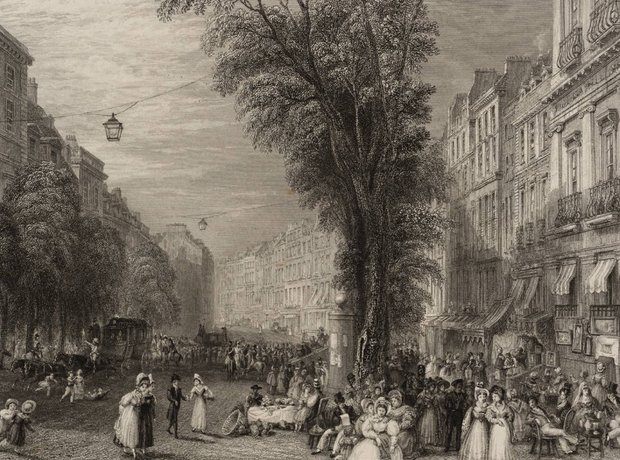
Born in Paris in 1835, Charles-Camille Saint-Saëns was raised by his widowed mother and her aunt who introduced the young Camille to the piano and gave him his first lessons. The boy was a true prodigy, demonstrating perfect pitch at the age of two. He gave his first public concert at five, accompanying a Beethoven violin sonata on the piano.
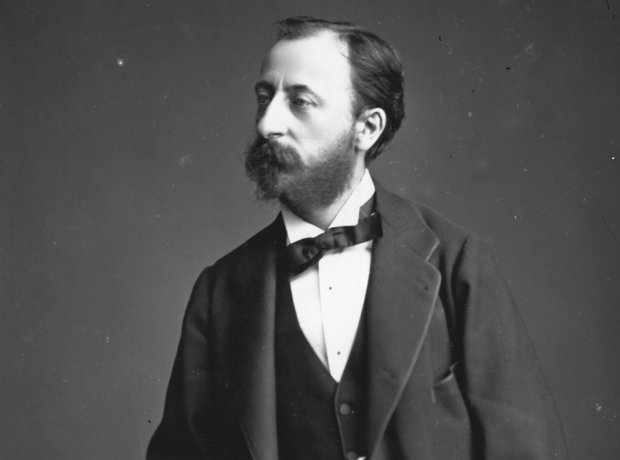
Saint-Saëns' name is pronounced 'San-Sohn(ce)', with a hint of an 's' at the end.
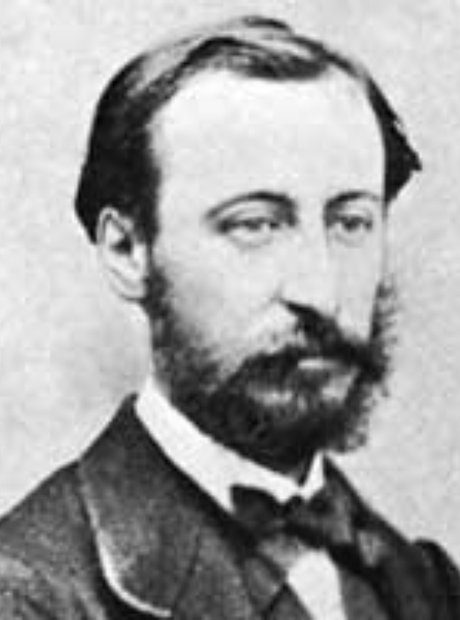
The youthful Saint-Saëns, pictured, studied the organ and composition at the Conservatoire de Paris. He won many top prizes and eventually gained an introduction to Franz Liszt who went on to become one of his closest friends and supporters. Liszt described Saint-Saëns as ‘the greatest organist in the world’.
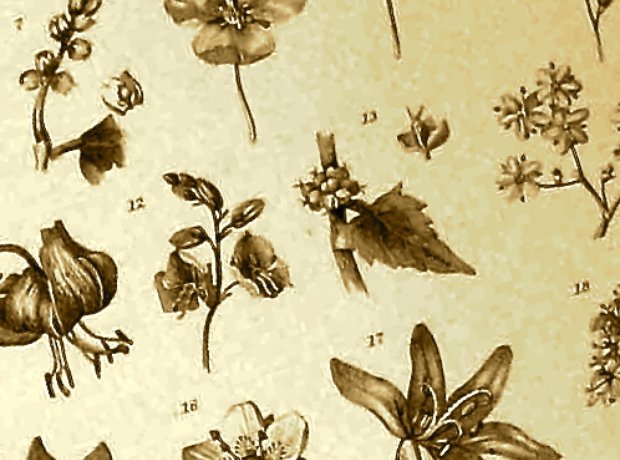
The composer’s formidable intellect was not limited to music. He had a profound interest in - and knowledge of - geology, botany, butterflies, and maths. He enjoyed discussions with Europe's finest scientists and wrote numerous academic articles about acoustics.

Approaching the age of 40, Saint-Saëns married Marie Laure Emile Truffot who was just 19. They had two sons, both of whom died within six weeks of each other - the first from illness, the second by falling from a window. Saint- Saëns, who blamed his wife for the accident, left her. They officially never divorced.

Saint-Saëns was 51 when he produced two of his most famous works, The Carnival of the Animals and the Symphony No. 3 ‘Organ’, which was dedicated to Liszt, who died later that year. The Organ Symphony was famously used as the main theme in the 1995 film Babe and its sequel, Babe: Pig in the City
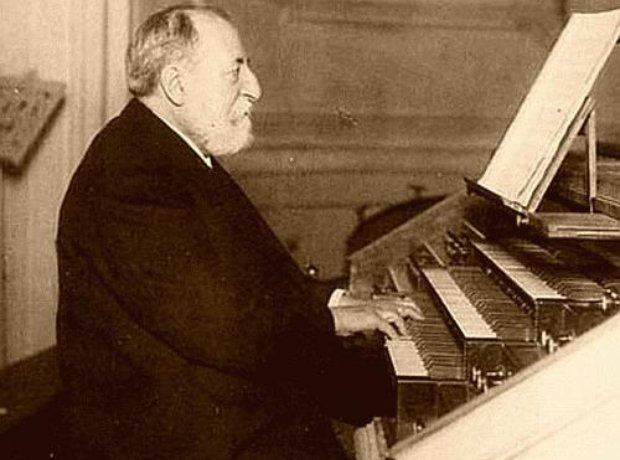
The Organ Symphony was commissioned by the Royal Philharmonic Society in the UK, and Saint- Saëns travelled across the Channel to conduct its premiere at the old St. James’s Hall, now the site of Le Meridien Hotel in Picadilly. ‘I gave everything to it I was able to give,’ said the composer of the work. ‘What I have accomplished here, I will never achieve again.’
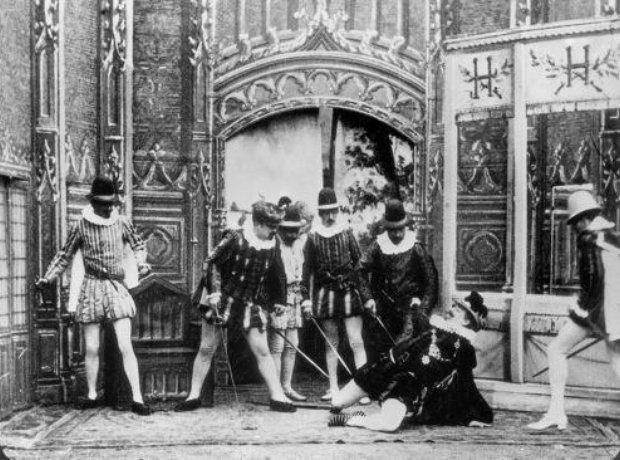
In 1908, Saint-Saëns became the first famous name to provide a score to a film. The 18-minute-long motion picture, ‘The Assassination of the Duke of Guise’, was made by a team who also encouraged well-known stage actors to perform in their films to give them some kudos. Saint-Saëns later developed his music into a concert work - the Opus 128 for strings, piano and harmonium.
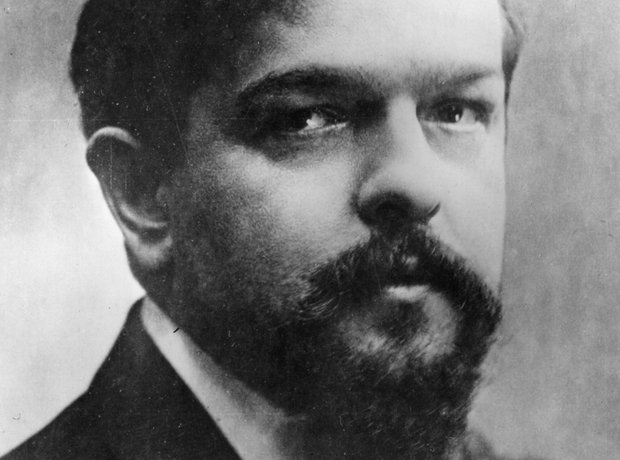
Saint-Saëns was not on good terms with all of his contemporaries. There was a particular animosity with Claude Debussy who once stated, ‘I have a horror of sentimentality and cannot forget that its name is Saint- Saëns.’
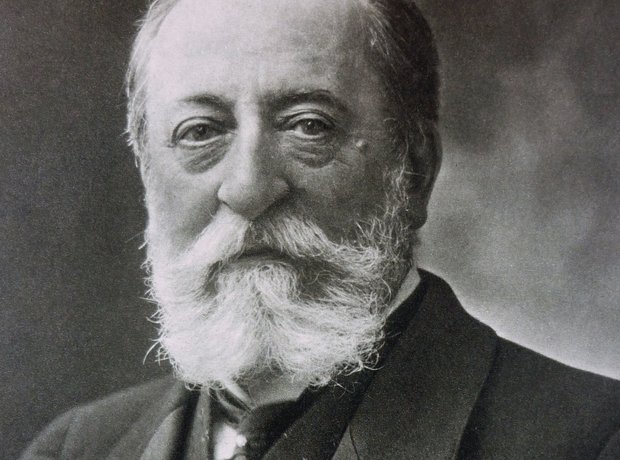
Saint- Saëns was said to be "unequalled on the organ", and almost without competition on the piano. However his performance style was described as ‘restrained, subtle and cool’. He was one of the first pianists to experiment with recordings, and was in fact the earliest-born pianist to ever make a recording of his work.
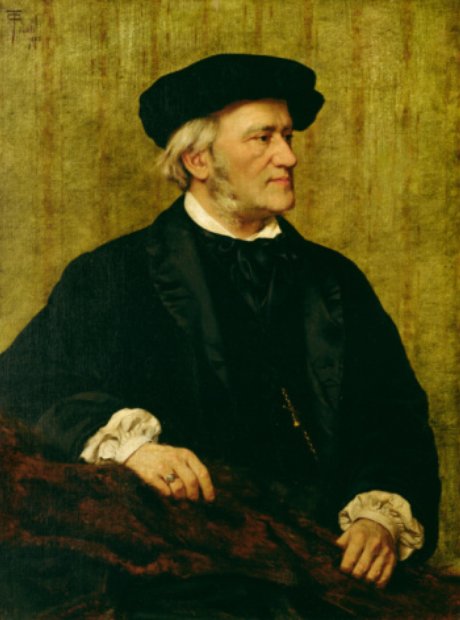
Although Saint-Saëns had been an early champion of Wagner, he often strongly critiqued the composer’s music. At one point Saint- Saëns even lost engagements and received negative reviews in Germany following some particularly harsh comments he made about Wagner.
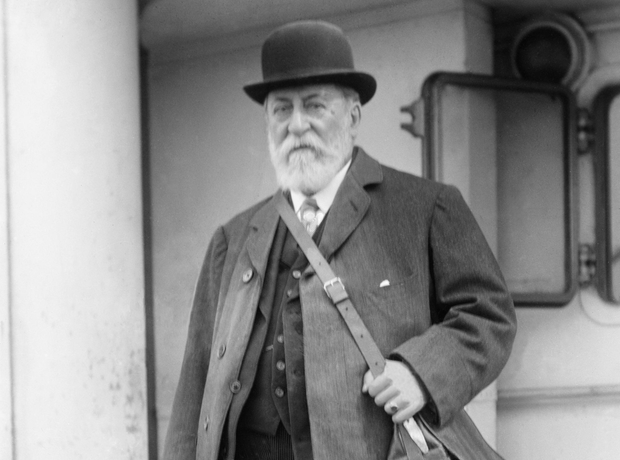
Over the course of his long life Saint-Saëns was incredibly prolific. After writing his first symphony at 16 he went on to write four more, along with five piano concertos, three violin concertos, two cello concertos and some 20 concertante works for soloists and orchestra.
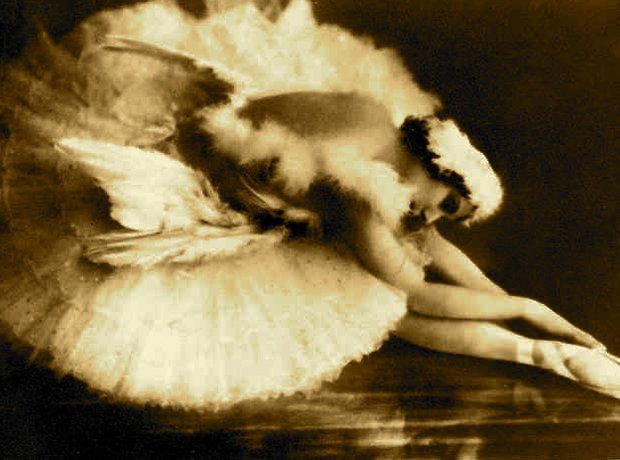
The Carnival of the Animals, composed in 1886, was originally written as a joke and Saint-Saëns worried that it might damage his reputation. He banned complete performances and only allowed one movement, The Swan, to be published while he was alive. The piece became acclaimed worldwide as The Dying Swan after 1905 when it was choreographed for legendary ballerina Anna Pavlova. She performed the piece about 4,000 times.
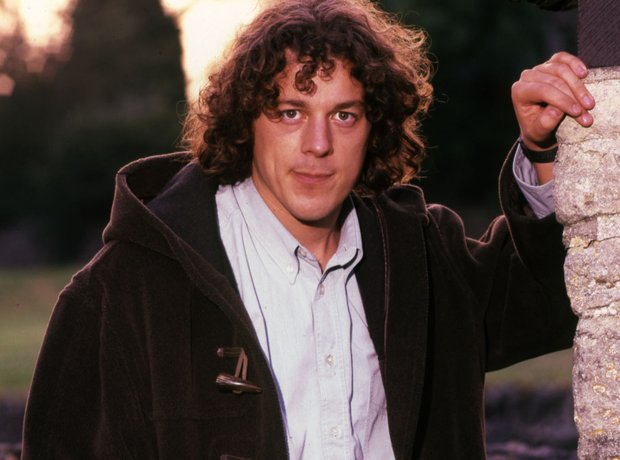
Saint-Saëns’ ghoulish Danse Macabre was originally written for voice and piano. Thankfully the composer reworked it a couple of years later, substituting a violin for the voice and adding the full orchestra. When it was premiered, it was immediately encored in full and has remained a popular and slightly scary favourite ever since. It may be best known today as the theme to TV series, Jonathan Creek.
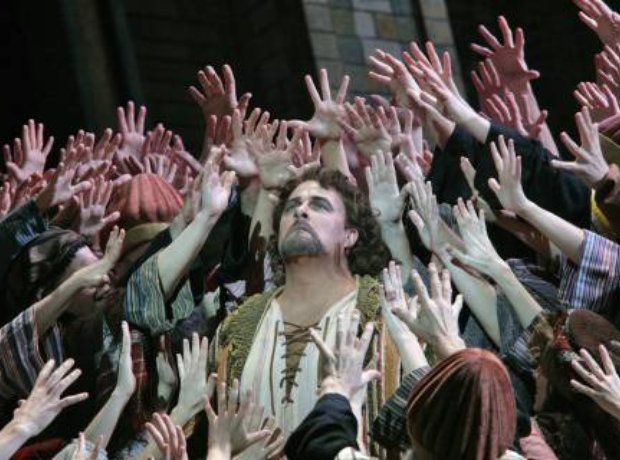
Saint-Saëns’s opera Samson and Delilah faced quite some problems with the censors. When it was due to be performed in London, the Lord Chamberlain slapped a ban on the whole opera, stopping all but concert performances until 1909, some 30 years after its premiere. The opera contains the sumptuous orchestral Bacchanale and one of the most beautiful of all arias, Mon coeur s’ouvre a ta voix (Softly Awakes My Heart).
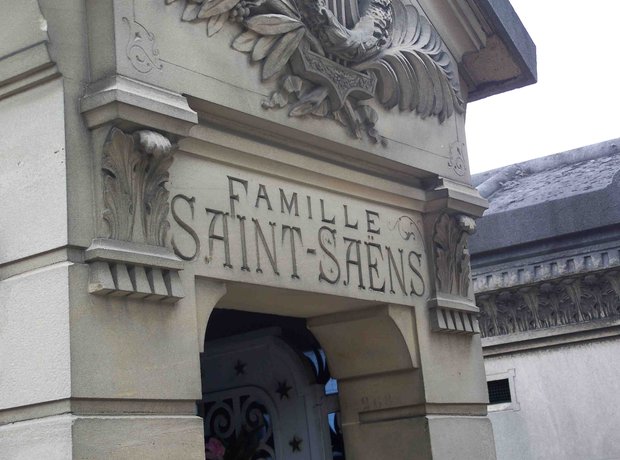
Towards the end of his life, Saint-Saëns undertook a triumphant tour of America but gradually found that his style of composition was no longer regarded as being fashionable by the Parisian chattering classes. He died in Algiers in 1921. He is buried in the same Paris cemetery as his fellow composers Chabrier and Auric, as well as Cesar Franck. But today, Saint-Saëns' music is performed and loved the world over.